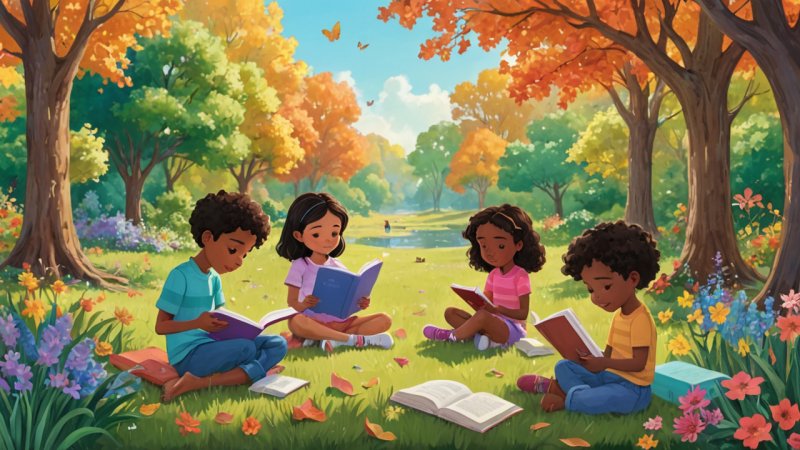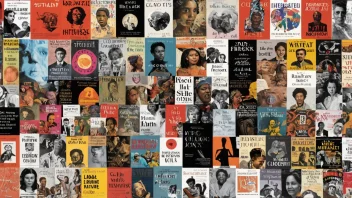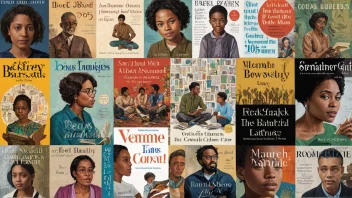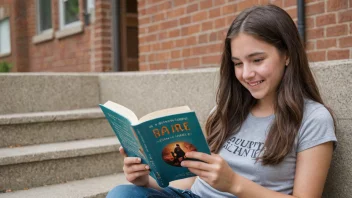Children's poetry has long been a vital part of literature, serving as a way to engage young readers through rhythm and sound. While classic children's poetry emphasizes traditional forms and structures, contemporary works often experiment with free verse and innovative sounds. This article compares the role of rhythm and sound in both classic and contemporary children's poetry, examining how these elements shape the reading experience and influence children's engagement with literature.
Classic Children's Poetry
Classic children's poetry, often associated with authors like A.A. Milne, Edward Lear, and Robert Louis Stevenson, relies heavily on structured forms, rhyme schemes, and meter. These elements create a musical quality that makes the verses memorable and engaging for young readers.
Pros of Classic Poetry
- Memorability: The rhythmic patterns and rhyming schemes make these poems easy to memorize, allowing children to recite them with joy.
- Predictability: The consistent structure provides a sense of familiarity, making children feel secure as they navigate through the poems.
- Language Development: The use of rich vocabulary and playful language encourages language acquisition and enhances literacy skills.
Cons of Classic Poetry
- Lack of Diversity: Classic works may not represent the diverse backgrounds and experiences of contemporary children.
- Overly Formal: Some children may find the structured nature of classic poetry less appealing, potentially leading to disengagement.
Contemporary Children's Poetry
In contrast, contemporary children's poetry often embraces free verse and innovative sound techniques that reflect the dynamic nature of today's world. Poets like Jack Prelutsky, Shel Silverstein, and more recently, Amanda Gorman, push the boundaries of traditional poetry, creating works that resonate with modern readers.
Pros of Contemporary Poetry
- Creative Freedom: The lack of rigid structures allows poets to explore a wider range of themes and emotions, making poetry more relatable to children.
- Diverse Voices: Contemporary poetry often reflects the experiences of children from various backgrounds, promoting inclusivity and understanding.
- Engagement with Modern Topics: Contemporary works can address current issues, allowing children to connect literature with their everyday lives.
Cons of Contemporary Poetry
- Potential Complexity: Some contemporary poems may use abstract language or unconventional structures that could confuse younger readers.
- Less Formal Rhythm: The absence of traditional rhyme and meter may make it harder for some children to engage with the material.
Comparison of Rhythm and Sound
When we delve deeper into the role of rhythm and sound, the differences between classic and contemporary children's poetry become even more pronounced. Classic poetry often features a strict meter, such as iambic pentameter, which creates a predictable rhythm. In contrast, contemporary poetry may employ varied rhythms, often reflecting natural speech patterns and allowing for a more conversational tone.
Sound Techniques
Classic poets frequently use alliteration, assonance, and rhyme to enhance the musicality of their works. For example, Edward Lear’s limericks are celebrated for their catchy rhythms and playful sounds. Contemporary poets, on the other hand, might utilize onomatopoeia, repetition, and even silence to evoke emotions or emphasize particular themes.
Engagement Strategies
Classic poetry often employs familiar themes such as nature, childhood, and adventure, which resonate with young readers. Contemporary poetry, however, seeks to engage children through themes of identity, social issues, and personal experiences. This shift in focus allows contemporary works to connect with children on a deeper level, addressing their lives and societal challenges.
Conclusion
Both classic and contemporary children's poetry hold significant value in fostering a love for literature among young readers. Classic poetry's structured rhythm and sound create a delightful experience that enhances language development and memorability. In contrast, contemporary poetry's free form and diverse themes resonate with today's children, encouraging them to engage with literature in a way that reflects their own experiences. Ultimately, the best approach for nurturing a passion for poetry in children may be a blend of both classic and contemporary works, providing them with a rich, varied reading experience that celebrates the beauty of language.






